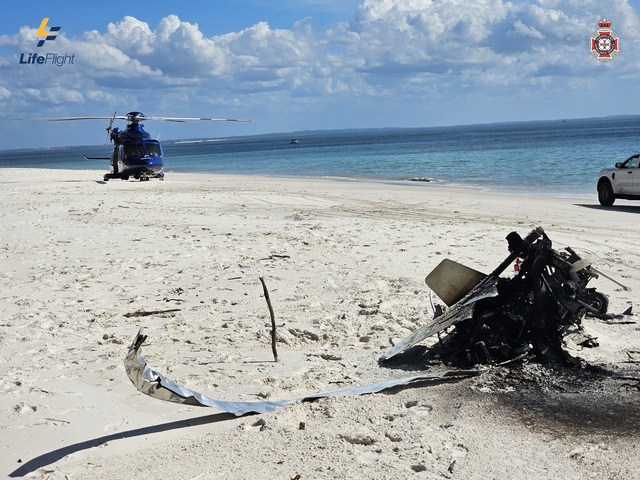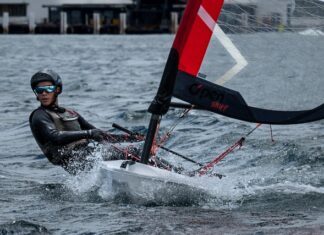The Sunshine Coast based LifeFlight aeromedical crew airlifted more than 600 people in FY25 as the not-for-profit prepares to open a new base to enhance capability in the region.
New data released last week revealed the rescue helicopter crew clocked up 1018 flight hours while attending a diverse range of incidents.
The Sunshine Coast crew contributed to another record year for LifeFlight, with 8497 people helped in FY25 – 3.9 per cent higher than the previous year.
It marked a series of milestones during its 46th year of service to the region, which included a new AW139 helicopter and construction of a new base due for completion later this year.
LifeFlight’s fleet of helicopters, air ambulance jets and specially trained medical teams, including LifeFlight critical care doctors, flight nurses and paramedics, helped patients with a range of illnesses and injuries.
It included rescues of injured paragliders, winches of stranded sailors and lost mountain hikers, as well as a crashed gyrocopter pilot.
In October the crew worked with the Queensland Fire Department (QFD) to rescue Gold Coast University student Maverick Robbins after he crashed his paraglider into a sandstone cliff on Rainbow Beach.
In January the crew winched a man to safety after he fell 20m off a Noosa cliff into the ocean.
A few months later the Sunshine Coast crew airlifted an adult male from K’gari, after the gyrocopter he was flying crashed.
LifeFlight Chief Operating Officer Lee Schofield said the fact they can do all these missions is testament to their skill and dedication to the community.
“The new base will bring a new era of aeromedical capability to the region and herald an exciting period for LifeFlight Sunshine Coast,” he said.
“My sincere thanks go to all LifeFlight’s staff for the incredible work they do. The team effort and coordination across all our work groups is key to providing the world class standard of care and ensuring equity of health care in regional communities.
“To continue to meet this objective, we’re evolving our organisation with the best aircraft, advanced bases and facilities, and cutting-edge training unmatched in our region.”
Mr Schofield said LifeFlight’s growth was possible due to the support from the community, donors and philanthropy, government and new commercial partnerships.
LifeFlight Medical Director Dr Jeff Hooper, said the breadth of the missions demonstrated the ability of the aeromedical crews to perform complex procedures under immense pressure.
“Our aeromedical teams provide advanced care under extremely challenging circumstances, whether that is treating patients on scene after serious car crashes, stabilising patients mid air, rescuing people stranded in the ocean, or winching down a paramedic to hikers stranded on the side of a cliff face,” Dr Hooper said.
“This rapid aeromedical intervention is often the difference between life and death and comes after our crews undertake intensive training at the LifeFlight Training Academy, which prepares them for any situation they may face in the field.”
Dr Hooper said a key part of LifeFlight’s mission was the development and delivery of free First Minutes Matter emergency trauma training workshops.
“This incredible initiative helps to build community resilience by giving participants the practical skills to manage life-threatening events such as motor vehicle accidents, farming incidents, stroke and snake bites.”
LifeFlight’s helicopter crews, operating from bases on the Sunshine Coast, Bundaberg, Mount Isa, Toowoomba, Roma, and Brisbane, clocked up 3732 missions in FY25, which included airlifting injured motorists, patients with cardiac problems, seafarers, hikers, and farmers injured by animals.
Overall, the number of missions was 10.5 per cent higher than the previous financial year while flight hours also increased by 15 per cent to 5,940.
Much of LifeFlight’s aeromedical work involved Inter-Facility Transfers (IFT). This ensures all communities have equal access to the best possible healthcare, no matter where they live.
Since taking to the skies 46 years ago LifeFlight has helped more than 90,000 people.
LifeFlight helicopters contribute to the Queensland Emergency Helicopter Network via a 10-year service agreement with the Queensland Government.







